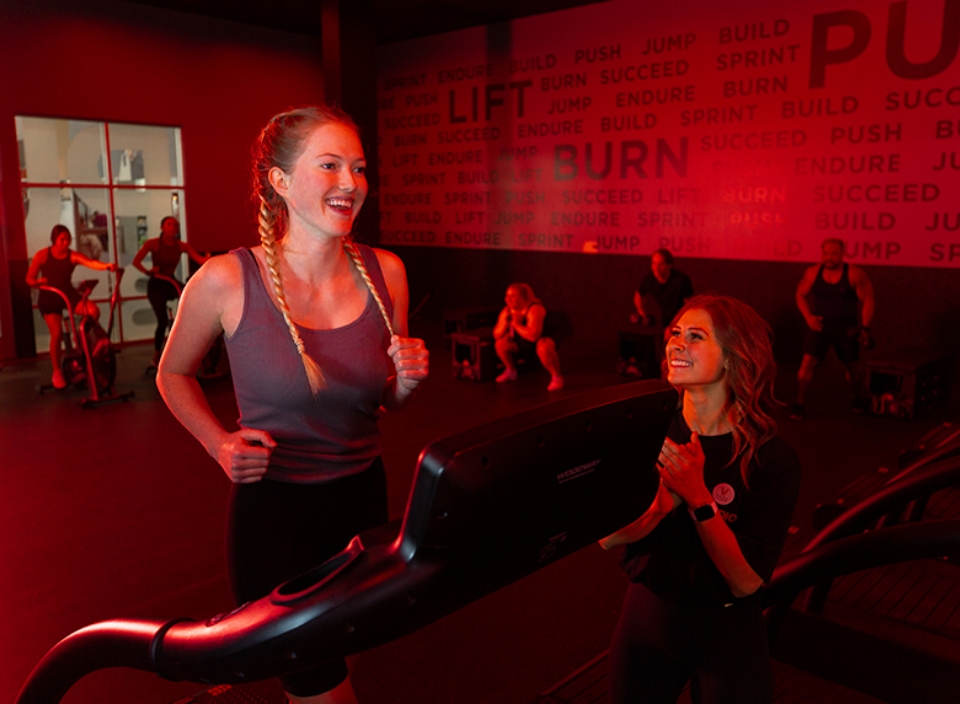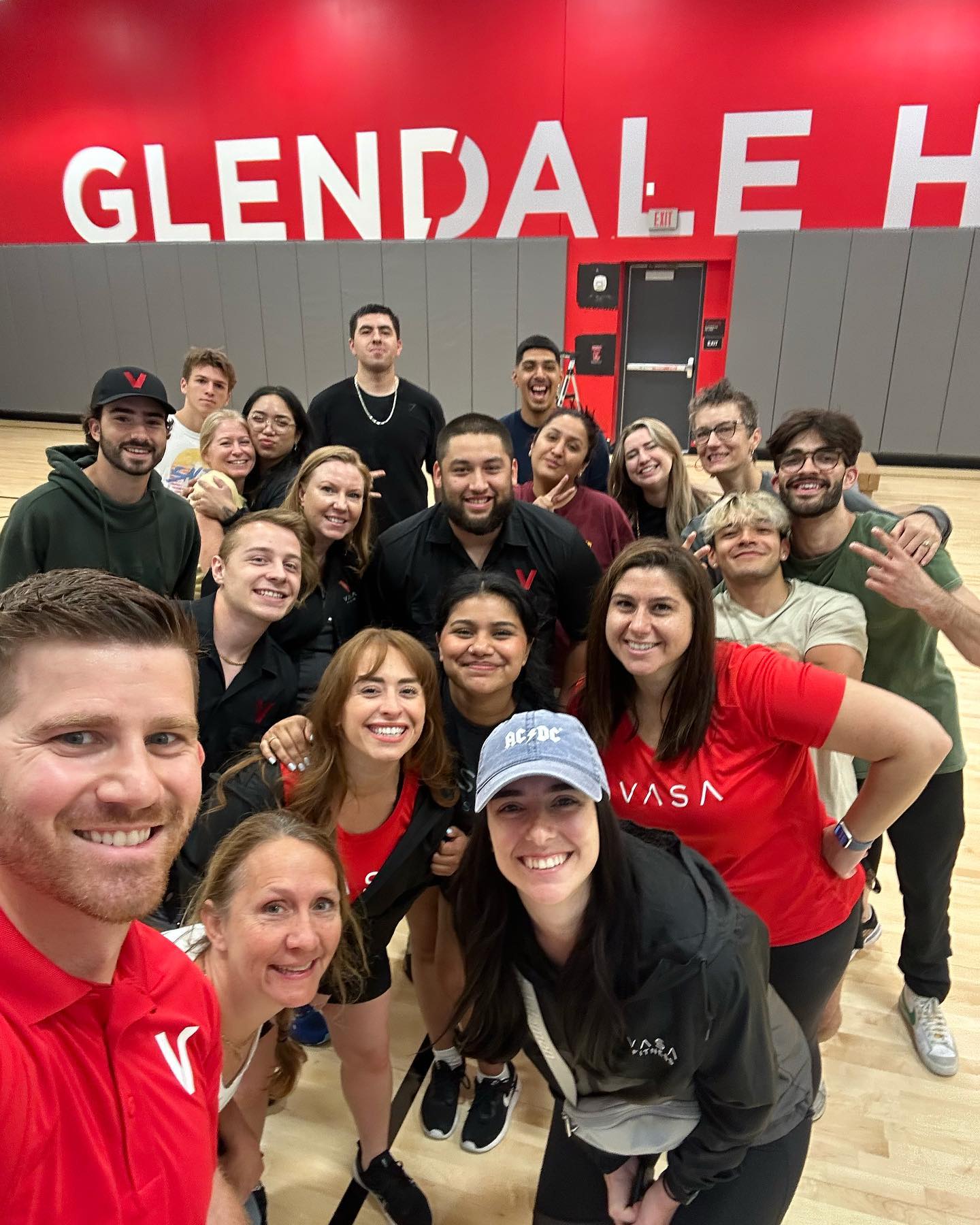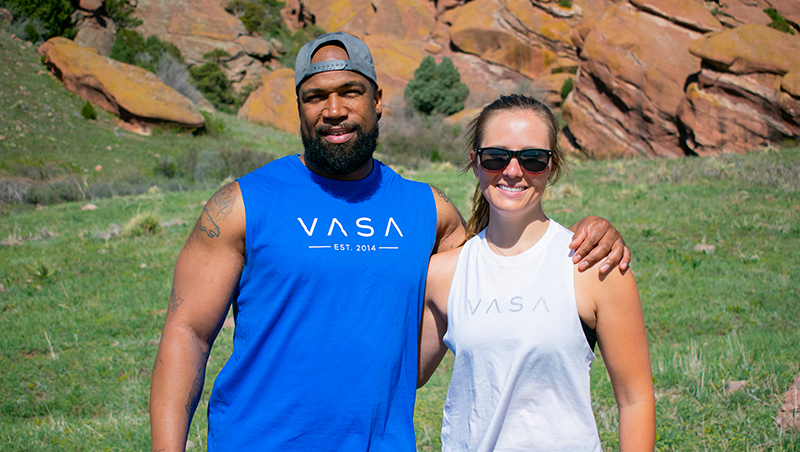The Importance of Stretching After a Workout
Post-workout stretching plays a vital role in improving overall fitness and wellbeing. In this article, we will explore the science behind stretching, the numerous benefits it offers, proper techniques for effective stretching, and how to incorporate it into your workout routine.
The Science Behind Stretching
Intense exercise causes muscles to contract and tighten, which can lead to stiffness and reduced flexibility. Stretching helps relax and lengthen these muscles, restoring them to their natural state. Stretching also promotes muscle recovery and prevents injuries.
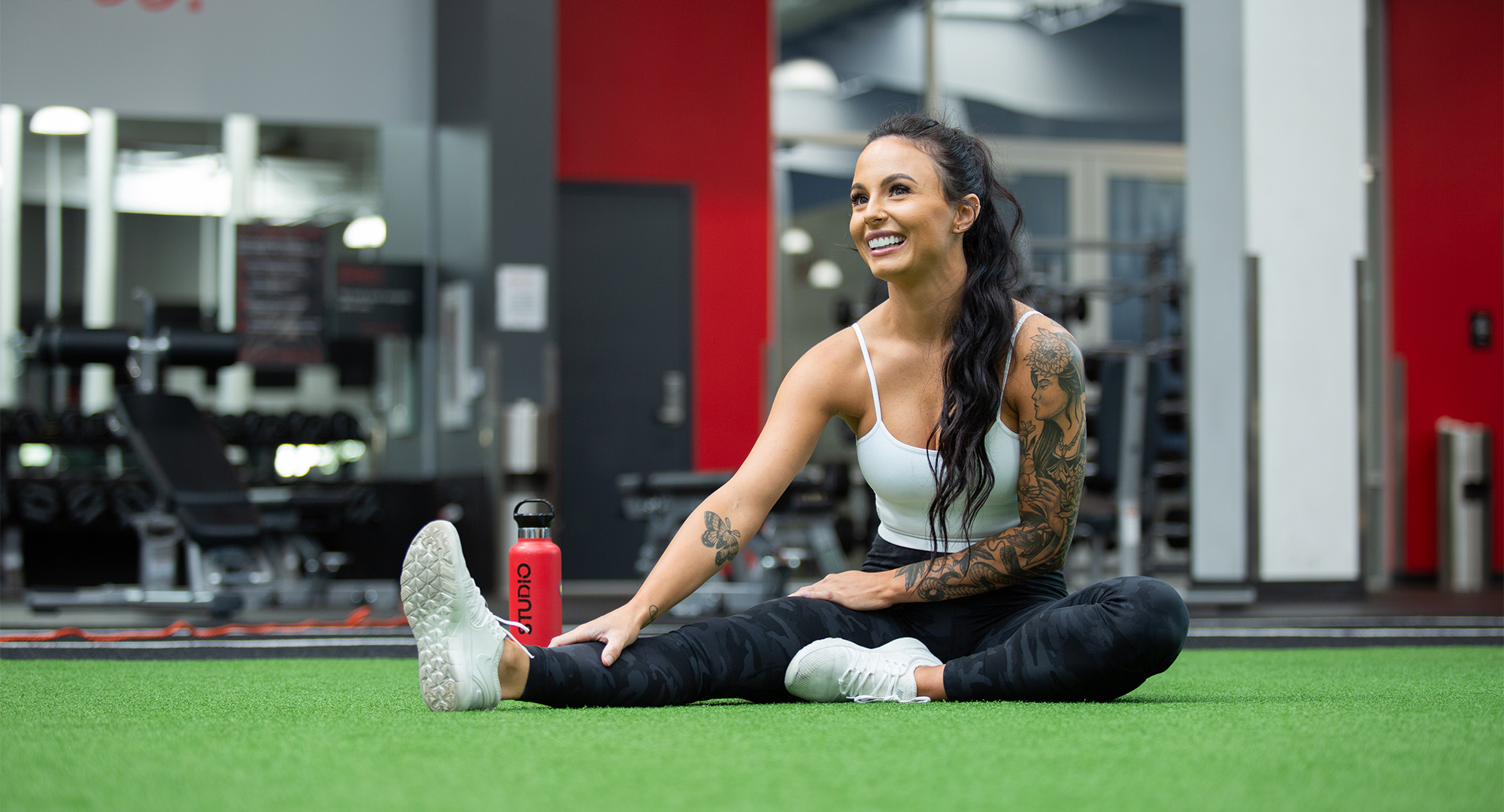
Benefits of Stretching After a Workout
Enhanced Flexibility and Range of Motion: Post-workout stretching increases joint mobility and improves overall flexibility. It aids in improving posture and counteracts the tightness caused by repetitive movements in exercises like weightlifting or running.
Muscle Recovery and Reduced Soreness: Stretching promotes blood flow and nutrient delivery to the muscles, aiding in their recovery. It helps remove lactic acid and waste products that accumulate during intense workouts, reducing post-exercise soreness and stiffness.
Injury Prevention: By maintaining muscle balance and symmetry, stretching minimizes the risk of strains and sprains. It ensures muscles and tendons are properly conditioned and ready for physical activity.
Improved Athletic Performance: Stretching optimizes muscle coordination and efficiency, enhancing overall athletic abilities. It allows muscles to work more effectively during workouts, leading to improved performance in various sports and activities.
Proper Techniques for Post-Workout Stretching
To make the most of your post-workout stretching routine, it is important to follow proper techniques:
Dynamic stretching vs. static stretching: Dynamic stretching involves active movements that mimic the exercise you’re about to perform, preparing the muscles for action. Static stretching involves holding stretches for a prolonged period to increase flexibility.
Targeting major muscle groups: Focus on stretching major muscle groups that were engaged during your workout. This includes muscles in the legs, hips, back, chest, and shoulders.
Duration and frequency of stretching sessions: Aim for 10-15 minutes of stretching after each workout session. Make it a regular part of your routine to reap the maximum benefits.
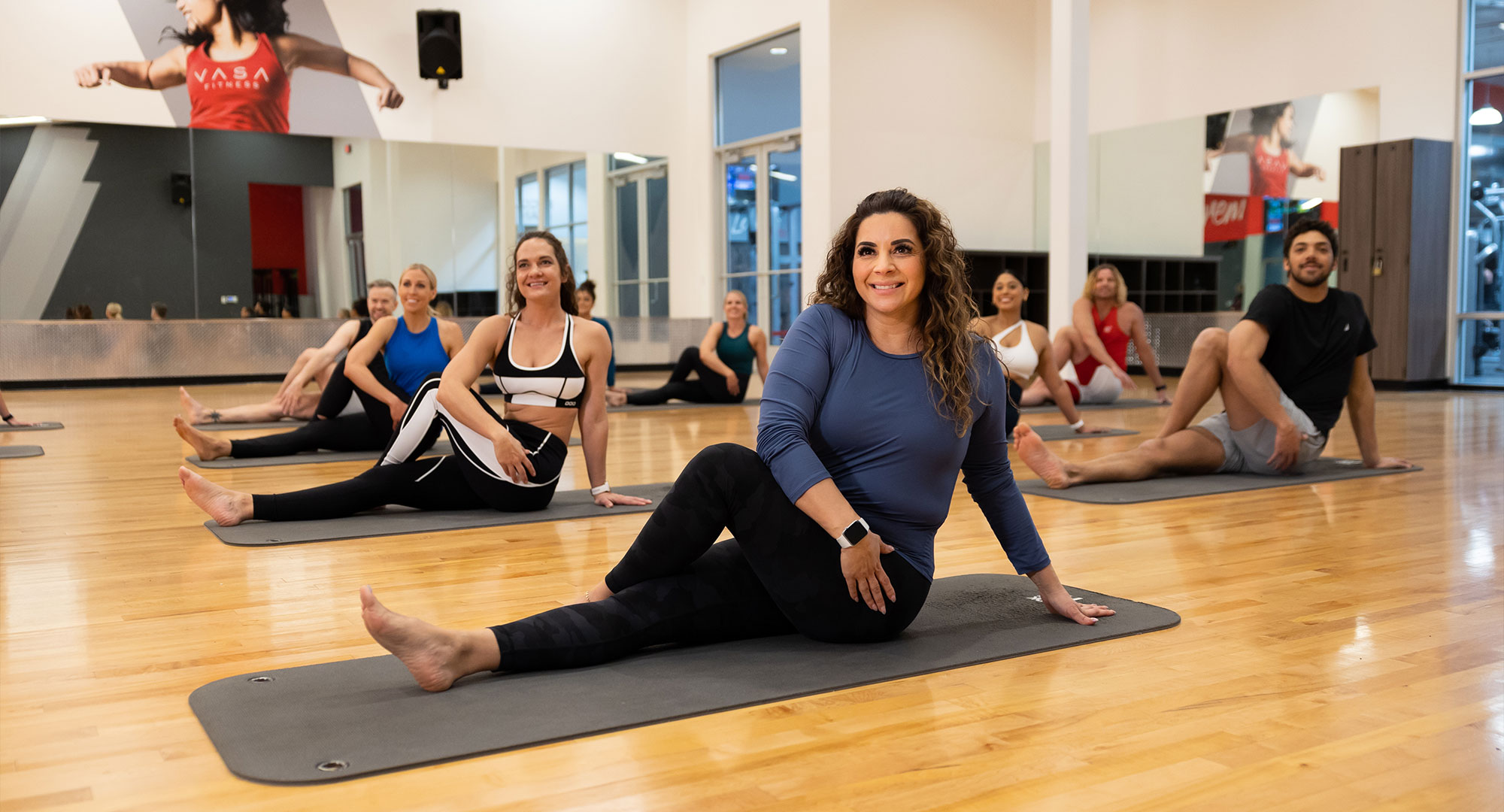
Incorporating Stretching into Your Workout Routine
To effectively incorporate stretching into your workout routine, consider the following:
Pre-workout warm-up routine: Prior to exercising, perform dynamic stretching exercises to warm up your muscles and prepare them for the upcoming workout.
Post-workout cool-down routine: Once you finish your workout, engage in static stretches to relax and lengthen the muscles you just worked. This will aid in recovery and reduce muscle tightness.
Mental Health Benefits:
Stretching not only benefits physical health but also contributes to mental well being. Engaging in stretching exercises can have a calming and centering effect on the mind, promoting relaxation and stress relief. As we stretch, we focus on the present moment, allowing our thoughts to settle and bringing our attention to the sensations in our body. This mindfulness aspect of stretching helps quiet the mind, reduce anxiety, and improve overall mental clarity.
Conclusion
Incorporating stretching into your post-workout routine is crucial for achieving optimal fitness results. Its benefits extend beyond flexibility alone, encompassing muscle recovery, injury prevention, and improved athletic performance. By following proper techniques and making stretching a regular part of your fitness routine, you’ll unlock a whole new level of physical and mental well being.
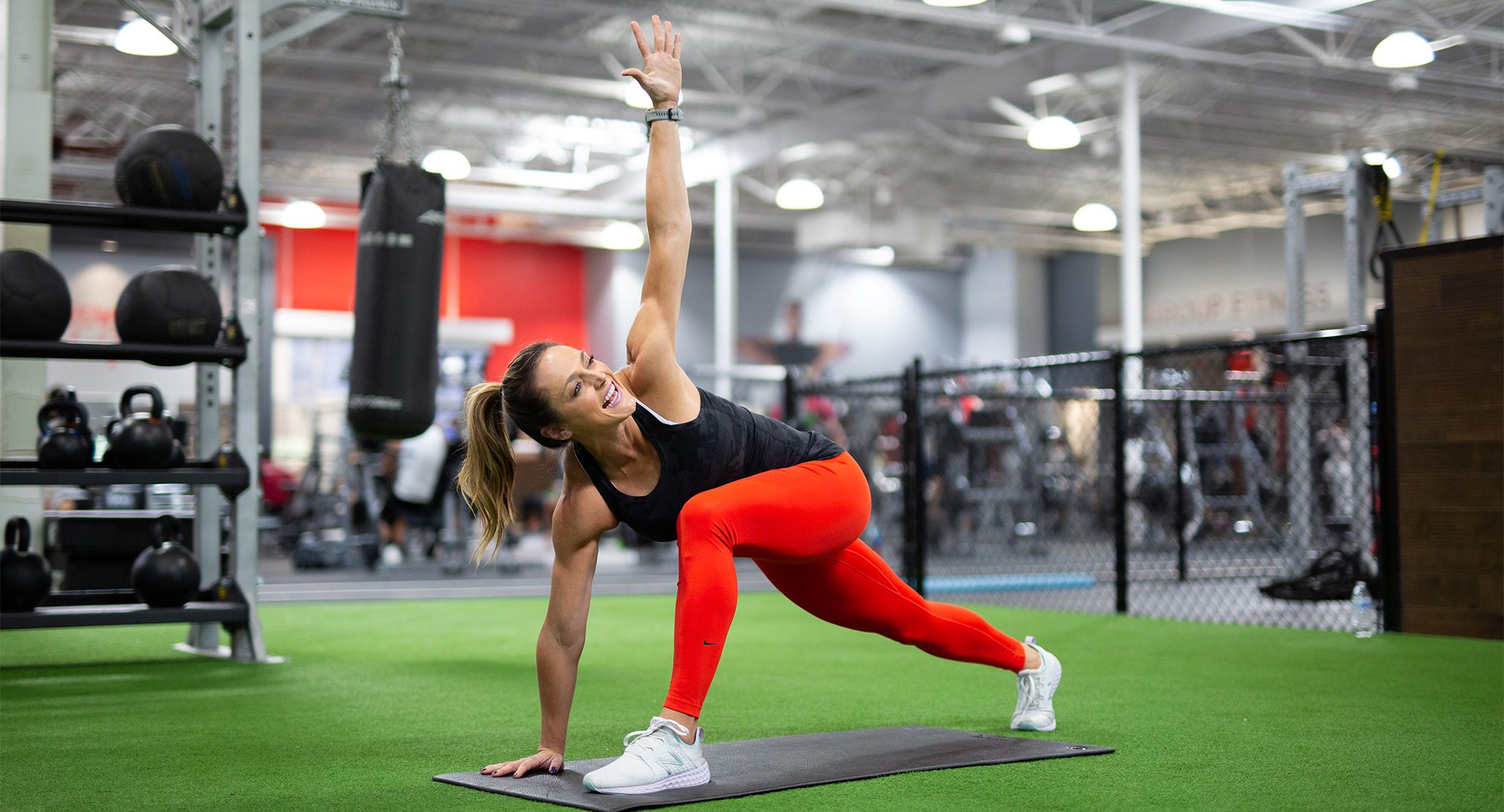
RECOMMENDED
SUBSCRIBE TO OUR BLOG
Enter your email to start receiving our blog emails!
